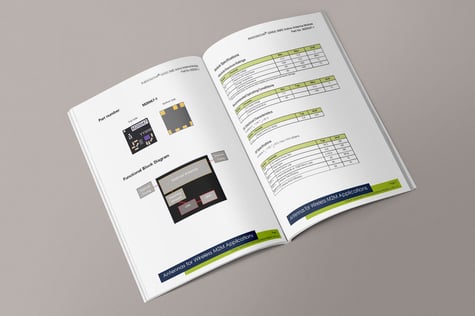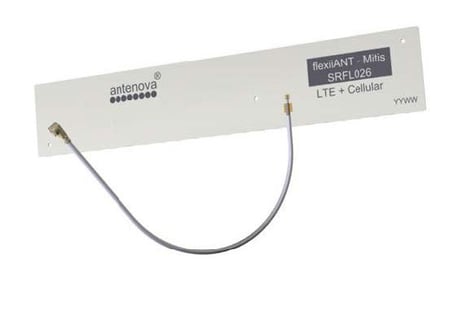Network carriers ask that every single device on their networks perform to a set standard. Before they can launch, devices must undergo a series of exhaustive tests. This applies not just to smartphones, but all Internet of Things (IoT) devices connected via cellular technologies, too.
As many as 80% of devices fail to gain approval on their first attempt. In the United States, where requirements are stricter, rejection rates are even higher. This all means that cellular devices need to offer exceptional levels of performance, and that takes more than just choosing a high performing antenna.
What’s involved in network approval testing?
Cell carriers conduct measurements on wireless efficiency, spurious emissions, isotropic sensitivity and more. The tests are purposely comprehensive, so any faults or inadequacies will be visible. The key is to find these faults before it’s too late.
If a device fails, it may need to be redesigned. In less severe cases, the certification process will still need to be restarted from scratch. Failing a network approval test can be devastating, causing unnecessary delays and additional expense (tens of thousands of dollars).
In this competitive global market, keeping costs down and getting to market quickly are essential. Network approval therefore presents a significant risk. Due to this, we’re often asked about antennas that can effectively ensure certification by cell carriers – unfortunately, it’s not quite as simple as that.
Can you buy pre-certified antennas?
In short, no. The performance of an antenna is not just a question of the hardware. Antennas are just as reliant on the PCB design and other design factors. They need to be integrated well; an antenna with high efficiency in free space won’t necessarily perform as well once integrated within a device.
The best choice of antenna is therefore the one that can be integrated most optimally. Depending on the type of antenna, the factors that enable it to perform well will differ. For embedded antennas, these are typically the ground plane space, clearance, antenna placement and keep-out area. Considering each of these factors from the outset is the key to a successful design.
How to achieve cell carrier certification first time round
1. Select an antenna at the beginning of a project
Antennas will only perform as well as other factors of a design enable them to. Nearby components, clearance, materials, the placement of the antenna are all examples of design choices that will impact wireless performance. Due to these factors, designers that select an antenna at the early stages of a project hold a significant advantage. With knowledge of the antenna's design recommendations, other design decisions can be made in consideration of wireless performance.
There are a variety of antenna types available, each of which offers a unique set of implementation options. Embedded antennas come as surface-mount device (SMD) antennas, flexible printed circuits (FPC), and even case-mounted antennas. For a detailed review, download our antenna comparison guide.
2. Follow the design-in guidelines
Every antenna has a unique set of integration guidelines. This depends on factors such as the type of antenna, the radiation pattern and the application the antenna was created for. It is especially important to be aware of these integration requirements if there are multiple antennas on the same circuit board.
Compromising on the amount of ground plane space, for example, will almost certainly impact performance. At sub-gigahertz frequencies, reducing ground plane is particularly difficult, as we examined in our paper ‘How well can an embedded antenna perform on a tiny PCB?’.
3. Layout other components with consideration to wireless performance
Noisy or metallic components placed near the antenna will likely absorb RF energy. Sometimes these issues aren’t apparent until they’re flagged by a cell carrier during a certification test.
When laying out components, respect the keep-out areas and ensure that there are sufficient gaps between components that could become radiators. Likewise, if a board has multiple antennas, these need to be positioned away from one another to limit interference.
4. Match and tune the antenna for application
Matching circuits are critical to the performance of an antenna. These ensure that RF components achieve a 50-ohm match – whereby the RF circuitry and components are able to minimise reflections and unnecessary losses.
Tuning an antenna can be a good way to improve wireless performance at a predetermined frequency. Antennas can also be tuned to operate more effectively while mounted on a particular material, or while being held (or worn) by a user.
If you are using an Antenova antenna in your design and are interested in using our matching services, get in touch with us.
5. Pre-certification testing
As there are costs and lengthy turnaround times on network certification, it helps to be confident of passing prior to the process itself. More design houses are kitted out with anechoic chambers these days, which will offer you more opportunities to test the performance capabilities of a device.
Antenova have anechoic testing facilities and are able to conduct full Over-the-Air (OTA) tests on products before they go off to be certified. To learn more about what we test for and the process, get in touch with your local Antenova representative for more detail.




